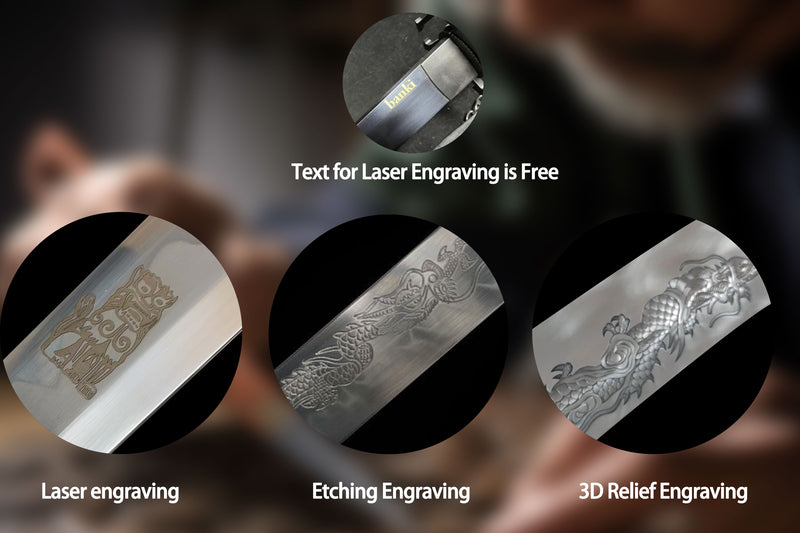จัดส่งฟรี
รองรับทั่วโลก จัดส่งฟรี
พันธมิตรการจัดส่งของเราคือ SF-INTERNATIONAL และ UPS เราจะเลือกวิธีการจัดส่งและการกระจายสินค้าที่ดีที่สุดตามที่อยู่จัดส่งของคุณ
| วิธีการจัดส่ง | ระยะเวลาจัดส่ง | ค่าใช้จ่าย | หมายเหตุ |
|---|---|---|---|
| การขนส่งทางอากาศแบบเสียภาษี (สหรัฐอเมริกา) | 7–10 วันทำการ จัดส่งทุกวัน | ฟรี (รวมภาษี) | พื้นที่ห่างไกลเพิ่ม 20 เหรียญ (รวมภาษี) |
| ประเทศอื่นๆ | 10-20 วันทำการ จัดส่งทุกวัน | จัดส่งฟรี |
ขณะนี้เรามีบริการสั่งซื้ออุปกรณ์เสริมแบบแยกชิ้น สำหรับคำสั่งซื้อต่ำกว่า 50 ดอลลาร์สหรัฐฯ จะมีค่าจัดส่งเพิ่มเติม 20 ดอลลาร์สหรัฐฯ
รายละเอียดค่าธรรมเนียมสำหรับพื้นที่ห่างไกล: ค่าธรรมเนียมการจัดส่งทางอากาศที่ชำระภาษีแล้ว: +$20 (รวมภาษี) สำหรับพื้นที่ห่างไกล
ระยะเวลาในการจัดการ (ทำด้วยมือตามคำสั่งซื้อ):
ระยะเวลาขนส่ง:
| ภูมิภาค | ประเทศ | ผู้ขนส่ง | เวลาโดยประมาณ | ความรับผิดชอบด้านภาษี |
|---|---|---|---|---|
| เอเชีย | ฟิลิปปินส์, สิงคโปร์, ไทย | ยูพีเอส / เฟดเอ็กซ์ | 2–3 สัปดาห์ | ลูกค้า |
| โอเชียเนีย | ออสเตรเลีย, นิวซีแลนด์ | อีเอ็มเอส / ยูพีเอส | 3–4 สัปดาห์ | ลูกค้า |
| ยุโรป | สหราชอาณาจักร เบลเยียม ฝรั่งเศส เยอรมนี อิตาลี เนเธอร์แลนด์ สเปน บัลแกเรีย โครเอเชีย เอสโตเนีย | อีเอ็มเอส / ยูพีเอส | 2–4 สัปดาห์ | ลูกค้า |
| ตะวันออกกลาง | อิสราเอล | ยูพีเอส | 2–3 สัปดาห์ | ลูกค้า |
| อเมริกาเหนือ | แคนาดา เม็กซิโก เปอร์โตริโก | อีเอ็มเอส / ยูพีเอส | 2–4 สัปดาห์ | ลูกค้า |
หมายเหตุ: มีบริการจัดส่งฟรีสำหรับทุกประเทศที่ระบุไว้ข้างต้น อย่างไรก็ตาม ลูกค้าต้องรับผิดชอบ ภาษีนำเข้า ภาษีอากร หรือค่าธรรมเนียมพิธีการศุลกากร ที่เกี่ยวข้องในประเทศของตน
โปรดตรวจสอบ คำแนะนำ การจัดส่ง ในสหราชอาณาจักร และคำแนะนำพิเศษหลังการขายของเราเพื่อประสบการณ์การจัดส่งที่ราบรื่น
อย่าลังเลที่จะถามคำถามเกี่ยวกับนโยบายการจัดส่งของเรา! เราจะตอบกลับภายใน 1 วันทำการ
กรุณาติดต่อเราได้ที่: service@coolkatana.com

ผลิตภัณฑ์สำเร็จรูปของเรายังรองรับ การปรับแต่งสีฟรี สำหรับลูกค้า รวมถึง สี Rayskin , สี ITO , สีด้ามจับ , สี Sageo และ สี Seppa
หากลูกค้าต้องการดัดแปลง ฝักดาบ แบบ Tsuka , การประกอบ Tsuba , หรือ แบบ Habaki จะมีการคิด ค่าใช้จ่ายเพิ่มเติม
เราให้ บริการแกะสลัก 3 ประเภท โดยลูกค้าสามารถหารือเกี่ยวกับการออกแบบกับฝ่ายบริการลูกค้าได้ นอกจากนี้ ใบมีดยังสามารถปรับแต่งได้ รวมถึงการเปลี่ยนแปลงฝีมือการแกะสลักของ Yokote , Bo Hi และ Kissaki
สำหรับ การแกะสลักข้อความ คุณสามารถเขียนคำขอของคุณลงในหมายเหตุการสั่งซื้อได้ ซึ่งจะเป็น บริการฟรี หากคุณต้องการแก้ไขข้อความอื่น ๆ โปรดระบุคำขอของคุณลงในหมายเหตุการสั่งซื้อด้วย
หากคุณไม่แน่ใจเกี่ยวกับความแตกต่างในงานฝีมือ คุณสามารถคลิกลิงก์เพื่อดูข้อมูลเพิ่มเติมได้: ดาบคาทานะแบบกำหนดเอง

เราให้บริการแกะสลักใบมีด 3 แบบ โดยแต่ละแบบให้เอฟเฟกต์ภาพที่เป็นเอกลักษณ์เฉพาะตัว ตัวเลือกการแกะสลักมีดังนี้:
ราคาของแต่ละวิธีแกะสลักจะแตกต่างกันไปขึ้นอยู่กับความซับซ้อน ผลิตภัณฑ์นี้ได้รับแรงบันดาลใจจากอนิเมะและออกแบบเป็นดาบคาทานะ แต่ไม่ได้รับอนุญาตหรือรับรองจากอนิเมะหรือผู้ถือลิขสิทธิ์ใดๆ เราไม่มีส่วนเกี่ยวข้องกับเจ้าของลิขสิทธิ์ของอนิเมะใดๆ
หากคุณสนใจที่จะเรียนรู้เพิ่มเติมเกี่ยวกับตัวเลือกการแกะสลักเหล่านี้ คลิกที่นี่: บริการออกแบบรูปแบบที่กำหนดเอง